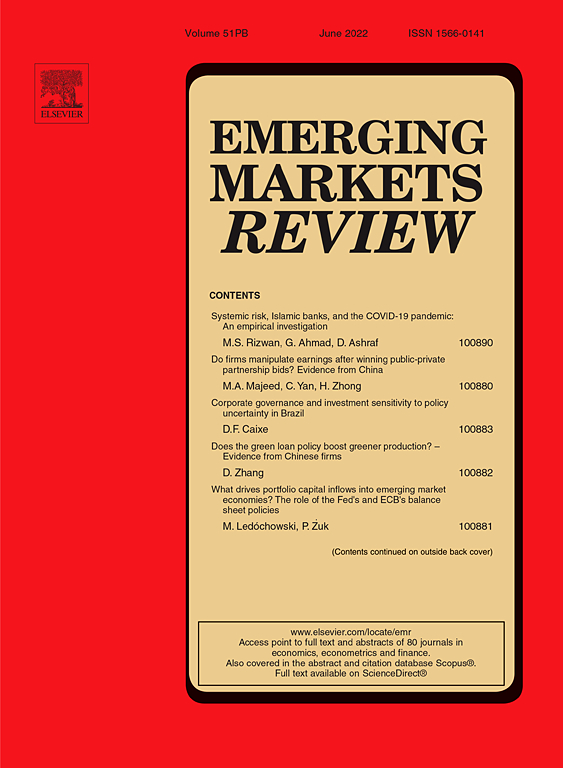EMERGING MARKETS REVIEW
Publicado:
Clasificación JEL:
D12, G21

Lo más reciente
Juliana Jaramillo-Echeverri, Adriana Sofía Rodríguez
Gaurav Khanna, Carlos Alberto Medina-Durango, Anant Nyshadham, Daniel Ramos-Menchelli, Jorge Andrés Tamayo-Castaño, Audrey Tiew
Pronosticando inflaciones de canastas de alimentos desagregadas en Colombia usando un modelo XGBoost
Cesar Anzola-Bravo, Poveda-Olarte Paola
Using a rich set of microdata from a credit union in Colombia, we estimate the factors behind the consumer credit demand and provide evidence of credit constraints from different perspectives including the lack of response of low-income customers to the interest rate. We also show the different ways in which the credit union implements additional rationing such as denying and trimming down the credit requests. For this, the credit union uses the scores and indebtedness of individuals. Finally, we estimate the supply of consumer credit where the interest rate, income, scores, and indebtedness are fundamental.

 Lina Marcela Cardona-Sosaa
Lina Marcela Cardona-Sosaa